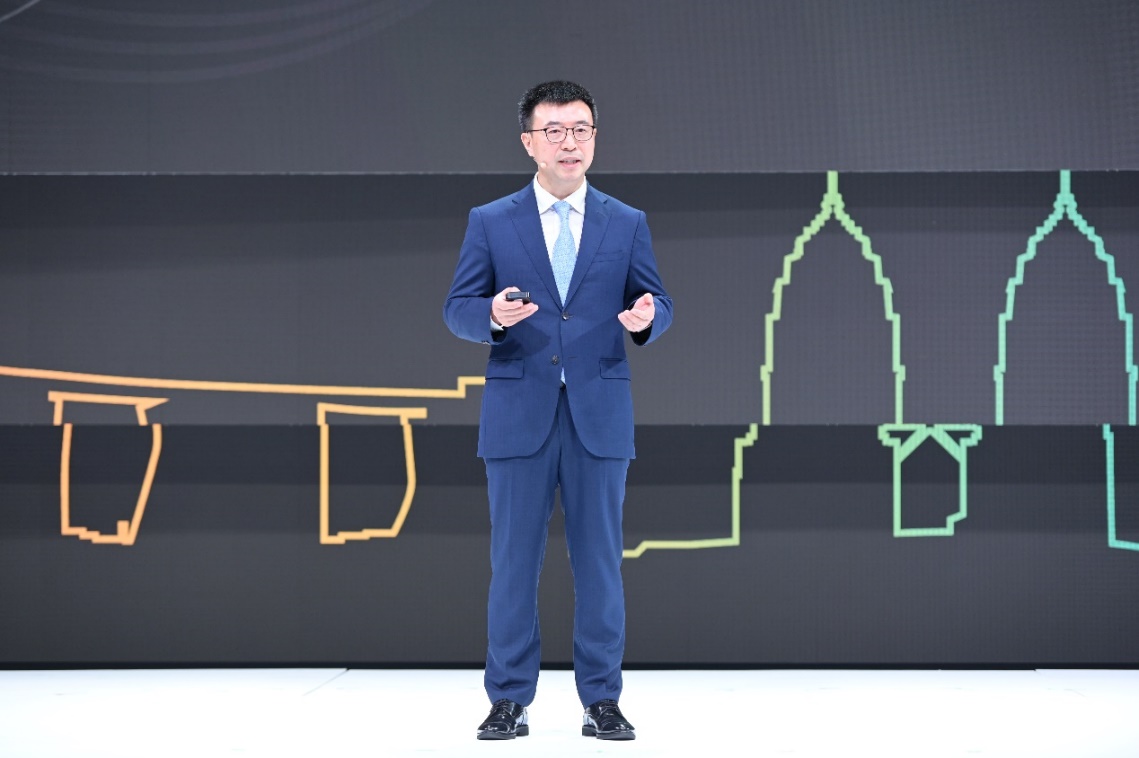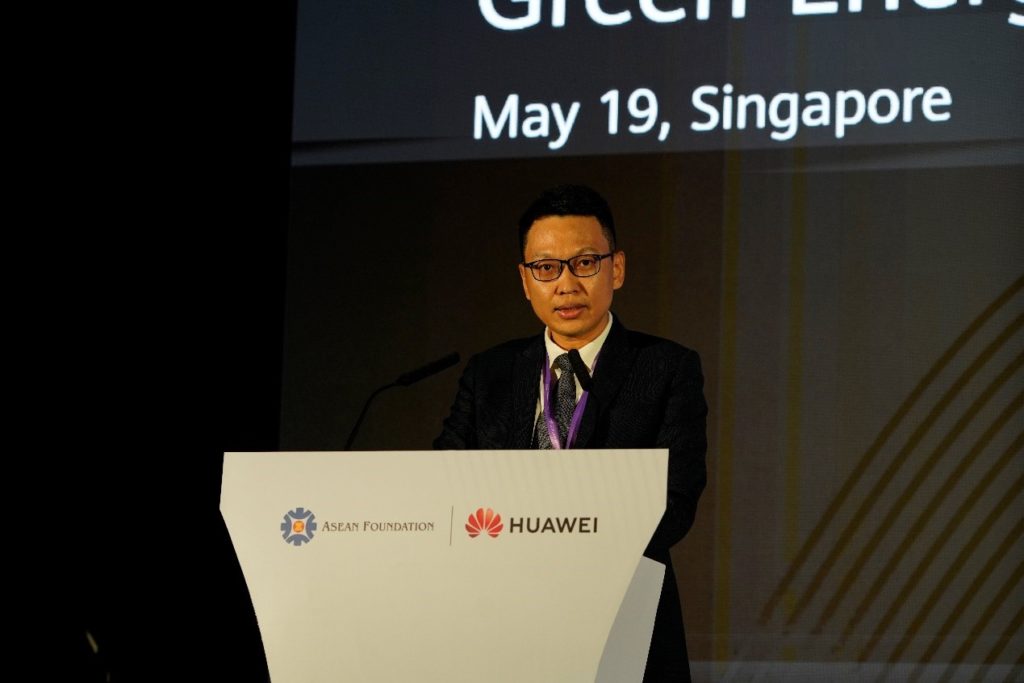The digital economy has become a major engine of global economic growth. Green and low-carbon technologies have become new drivers for sustainable development. This combination of digital transformation and green development presents the ICT industry with incredible new opportunities.
As global climate change is one of the greatest challenges human being face today, and carbon neutrality, as the best way to cope with this change, has become the global consensus and mission. Carbon neutrality is also meaningful to national energy security, since the end of last year, international energy market fluctuates sharply, the crisis has resulted in a dramatic increase to the cost of economics, and it reminds more attentions to energy security.
Seeing this trend, Huawei announced during APAC Digital Innovation Congress that it will continuously innovate, use green ICT to empower green development, and contribute to a better green and intelligent world.
“Huawei always considers Asia Pacific as our strategic market. By the end of 2021, almost all of the ASEAN countries have set carbon neutral target, Huawei is committed to invest in Asia Pacific continually following the governments’ pace” said by Boham Sun, President of Huawei Digital Power of Asia Pacific on session of Technology Innovation-Accelerating Power Digitalization for a Low-Carbon Smart Society.
According to Boham Sun, Huawei Digital Power has more than 6,000 employees, 12 R&D centers globally with more than 1,300 technology patents, it shows Huawei’s leadership in Digital Power Industry.
Leveraging its advantages in power electronics and digital technologies, Huawei Digital Power has created all-scenario low-carbon energy solutions, covering the whole energy flow from green power generation to efficient power consumption, such as Smart PV for green power generation, Data Center Facility and Site Power facility for green ICT infrastructure, mPower for green transportation.
On the road towards low carbon vision, it is impossible to clap with only one hand. Huawei is committed to building a low-carbon and green Asia-Pacific region with ecosystem. Huawei is focus on core technologies, solutions and openly cooperate with customers, industry partners and regulators, to build future “zero carbon to everything” solution to realize the carbon neutrality goal.
As a member of Asia Pacific, digitization and low-carbonization are two mostly embraced consensuses in the world. Thailand is taking a forward-looking vision in this journey, and is one step ahead of most countries in both digitalization and low-carbonization. In the journey towards a low-carbon future, Thailand is the first ASEAN country to commit to carbon neutrality. At The 2021 United Nations Climate Change Conference (COP26) two weeks ago, Thailand proposed the Carbon Neutrality 2050 roadmap to address climate change, which is same as the EU milestone.
Towards this visionary goal of Carbon Neutrality 2050, the digitalization will play a crucial role in this great journey.
In Thailand, Huawei established the digital power business last year to fully support Thailand’s carbon neutrality goals. So far Huawei has delivered more than 2.4GW of Smart Inverter to serve more than 1000 customers and partners with best LCOE, in total produced 6.18 billion kWh of clean energy and reduce carbon emissions by 6.16 million tons. For example, TSE Prachinburi 10MW floating power station; 7-Eleven’s 1500 convenience store rooftop photovoltaics; Central Plaza Maha Chai 1.4MW PV roof; Krabi 5MW PV power station. Also in 2021, it was estimated that about 50,000 households had installed solar inverter, of which 14,000 were provided by Huawei.
Ken Hu, rotating chairman of Huawei also cited during APAC Digital Innovation Congress that, “APAC is going green. Countries are really committed to sustainable development. For example, Japan and Thailand have committed to carbon neutrality by 2050. Singapore is committed to reaching peak carbon emissions by 2030. China will reach peak carbon emissions by 2030, and carbon neutrality by 2060. Of course, digital technology will be a key enabler throughout this process”.
Simon Lin, President of Huawei’s Asia Pacific Region, gave a speech on the abundance of digital opportunities in APAC. He spoke about the company’s mission, “In Asia-Pacific, for Asia-Pacific”, under which Huawei is committed to becoming a key contributor to the digital economy in Asia-Pacific, and working with its customers and partners to build a better green digital life.
Lin said, “Huawei hopes to help Asia-Pacific build a leading and green infrastructure, create a thriving industry ecosystem, and empower an inclusive and sustainable Asia-Pacific.”
According to Lin, Huawei has provided connectivity for more than 90 million households and one billion mobile users in Asia-Pacific. Huawei’s IaaS market share ranks No. 4 in the emerging Asia-Pacific market, and Huawei is integrating digital and power electronics technologies to enable energy digitalization for a greener future.
Huawei continues to invest extensively in research and development to reduce carbon footprint of E2E products and services by more than 80% compared to other products of the same capacity.
“By December 31, 2021, Huawei Digital Power has already helped customers generate 482.9 billion kWh of green power, save 14.2 billion kWh of electricity, and reduce CO2 emissions by 230 million tons, which is equivalent to planting 320 million trees” said by Boham sun, he continues that, “Huawei also aims to develop its products to achieve 2.7 times more energy efficiency. With combined digital and electronic technologies, Huawei develops innovative digital power solutions that allows the most efficient use of energy and reduces CO2 emissions from ICT infrastructure. In 2021, Huawei has helped customers around the world reduce CO2 emissions by 230 million metric tons”.
Source: Carl Byoir & Associates

